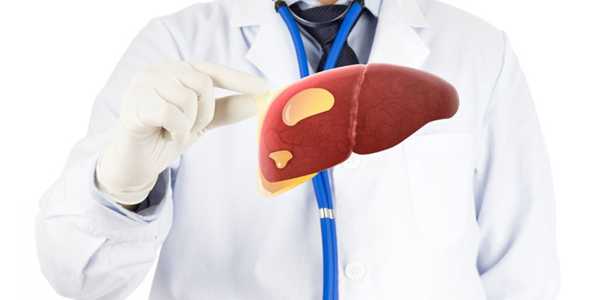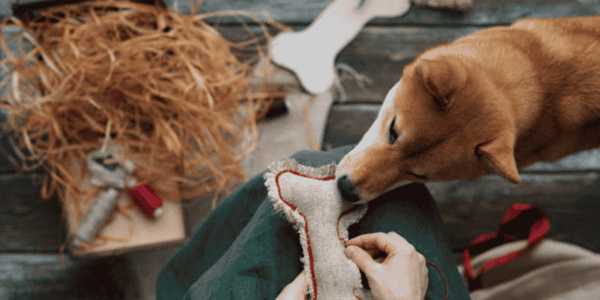Pets
The Best Wet Vs. Dry Food Debate: What’s Healthier For Cats?
You're likely familiar with the considerable wet and dry food debate if you own cats. It seems that everyone has an opinion on what is best for cats. Others swear by wet food, as it is hydrating for their furry pals. Some believe dry food is best because it is cheaper on the wallet. But what is the truth? In this article, I aim to go through everything you need about wet versus dry food to choose what is best for your cat.
You're likely familiar with the considerable wet and dry food debate if you own cats. It seems that everyone has an opinion on what is best for cats. Others swear by wet food, as it is hydrating for their furry pals. Some believe dry food is best because it is cheaper on the wallet. But what is the truth? In this article, I aim to go through everything you need about wet versus dry food to choose what is best for your cat.
What Is Wet Food?
Wet food is precisely what it sounds like—food that comes in cans or pouches and has a high moisture content. This type of food is often soft and looks more like meat than kibble. Many people love wet food because it smells appetizing (at least to cats) and is easy to serve. Cats tend to gobble it up quickly, which can be helpful if your cat is a picky eater.
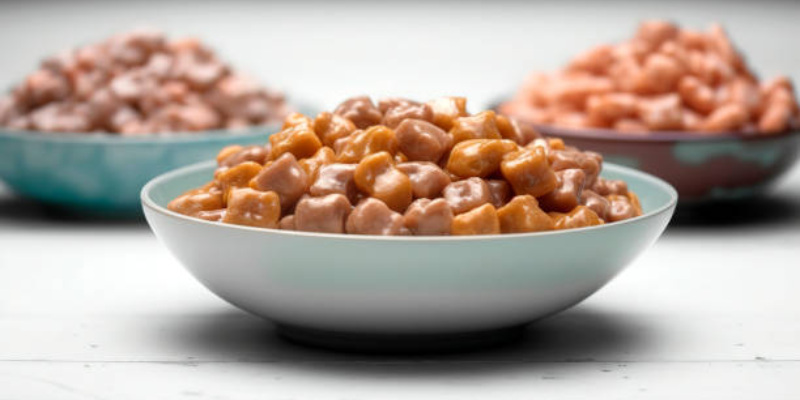
One of the most significant benefits of wet food is its water content. Cats do not naturally drink much water; some studies suggest they may not drink enough to stay hydrated. Wet food can help because it contains 70 to 80 per cent water. This extra hydration can be perfect for cats with kidney or urinary tract problems.
Another plus of wet food is that it often has fewer carbs than dry food. Cats are obligate carnivores, which means they need a diet rich in protein and low in carbohydrates. Wet food meets this requirement better than dry food because it focuses more on animal-based ingredients.
What Is Dry Food?
Dry food, also called kibble, is the crunchy option. It comes in bags and is usually cheaper than wet food. Many pet owners like dry food because it is convenient. You can leave it out all day without worrying about spoiling, making it perfect for busy households. Dry food does not require refrigeration after opening, making storing it easier.
One of the most talked-about benefits of dry food is its effect on dental health. Crunching on kibble can help scrape plaque off a cat's teeth, keeping them cleaner. However, it is worth noting that this benefit depends on the quality of the food. Not all dry foods are created equal; some may not do much for dental health.
Dry food also tends to have a longer shelf life than wet food. If you buy in bulk, you can save money and reduce trips to the store. For many people, this convenience is a big selling point.
The Nutritional Showdown
When it comes to nutrition, both wet and dry food have pros and cons. Let's examine how they compare.
Protein Content
Cats need protein to thrive; wet and dry foods can provide it. However, damp food often contains a higher percentage of protein compared to dry food. This is because damp food focuses more on animal-based ingredients, while dry food sometimes includes fillers like grains to keep costs down. Wet food might be the better choice if you want a high-protein diet for your cat.
Carbohydrates
Carbs are another essential factor to consider. Cats do not need a lot of carbs in their diet, but dry food tends to have more of them. This is partly because carbs are used as binders to hold the kibble together. While some carbs are okay, too many can lead to weight gain and other health issues. On the other hand, wet food usually has fewer carbs, making it a better option for cats who need to watch their waistlines.
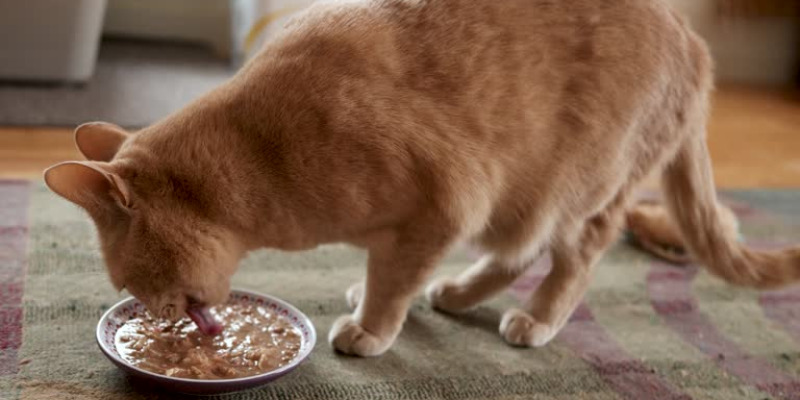
Hydration
As I mentioned earlier, hydration is a big deal for cats. They are not naturally big drinkers, so getting enough water from their food is crucial. Wet food wins this round, hands down, because of its high moisture content. On the other hand, dry food has very little water, so your cat must drink more to stay hydrated.
Cost Considerations
Let us talk about money for a moment. Feeding a cat can get expensive, and cost is often a deciding factor when choosing between wet and dry food. Dry food is almost always cheaper than wet food. Depending on your cat's size and appetite, a large bag of kibble can last weeks or months. Wet food, on the other hand, comes in smaller portions and needs to be used quickly once opened. This can add up over time, especially if you have multiple cats.
That said, there are ways to balance cost and quality. Some people mix wet and dry food to benefit their cats without breaking the bank. Others look for sales or buy in bulk to save money. It is about finding what works for your budget and your cat's needs.
Dental Health Matters
Dental health is another key part of the wet vs. dry food debate. Many believe that dry food helps clean a cat's teeth because the crunching removes plaque. While this is true to some extent, it is not the whole story. The quality of the kibble matters. Some dry foods are too small or soft to make a difference, while others are specially designed to promote dental health.
Wet food, on the other hand, does not do much for teeth. The sticky texture of some wet foods can contribute to plaque buildup if not paired with regular dental care. That is why brushing your cat's teeth or providing dental treats is essential, no matter what type of food you choose.
Special Needs And Health Conditions
Every cat is different, and some have special dietary needs. For example, cats with kidney disease or urinary tract issues may benefit from the extra hydration in wet food. Conversely, cats with obesity or diabetes might do better with a controlled portion of dry food. Talking to your vet before significantly changing your cat's diet is always a good idea.
Mixing Wet And Dry Food
Why not try both if you cannot decide between wet and dry food? Many cat owners find that mixing the two gives their pets the best of both worlds. Damp food provides hydration and flavour, while dry food offers convenience and dental benefits. Just be sure to adjust portion sizes so your cat does not overeat.
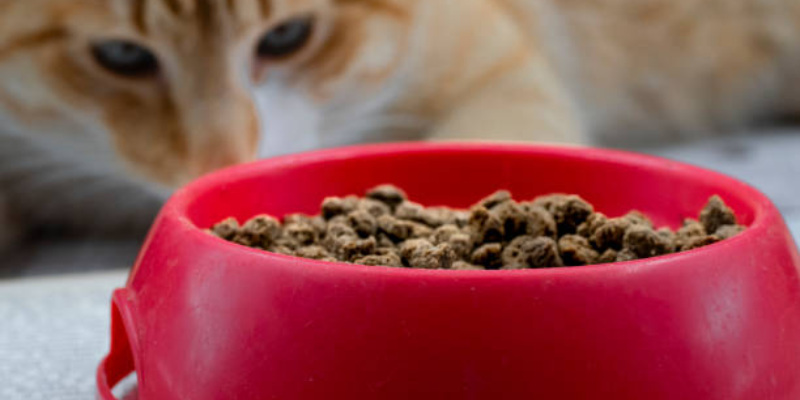
Making The Right Choice For Your Cat
The best food for your cat depends on their individual needs. There is no one-size-fits-all answer to the wet vs. dry food debate. Some cats thrive on moist food, while others are fine with dry food. The most important thing is choosing high-quality food that meets your cat's nutritional requirements.
Take some time to observe your cat's behaviour and health. Is it drinking enough water? Does it have shiny fur and plenty of energy? These are signs that its diet is working. It might be time to switch things up if you notice any issues, like weight gain or digestive problems.
Finding Balance In Your Cat’s Diet
Feeding your cat does not have to be stressful. By understanding the differences between wet and dry food, you can make an informed decision that supports your cat's health and happiness. Whether you choose wet, dry, or a combination of both, the key is to prioritize quality and balance. After all, a healthy cat is a happy cat, which is what every pet owner wants.
